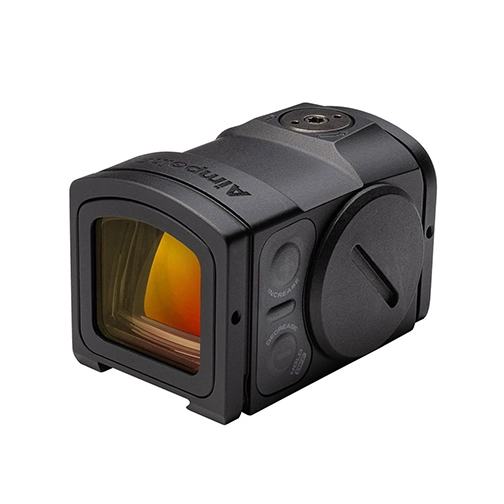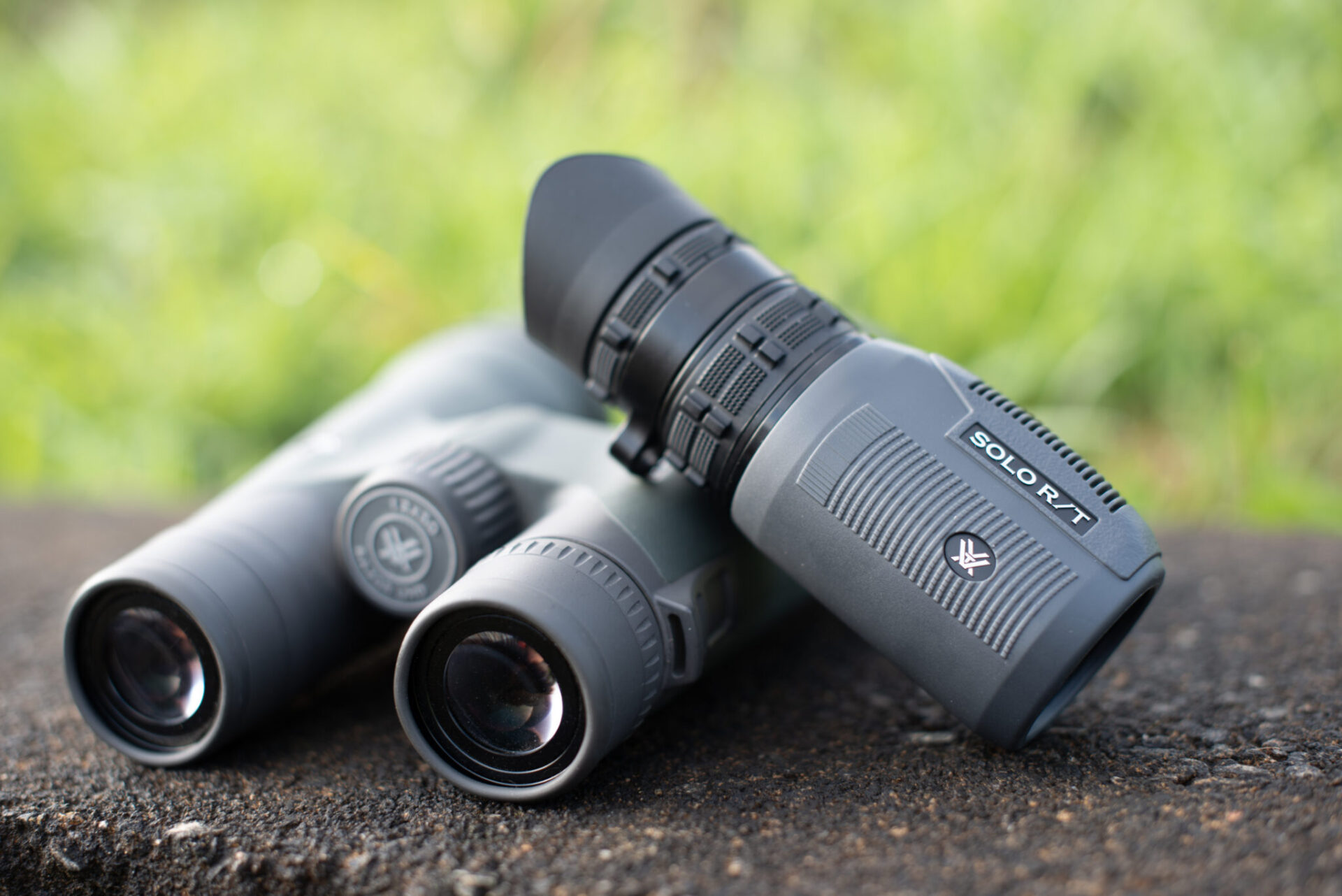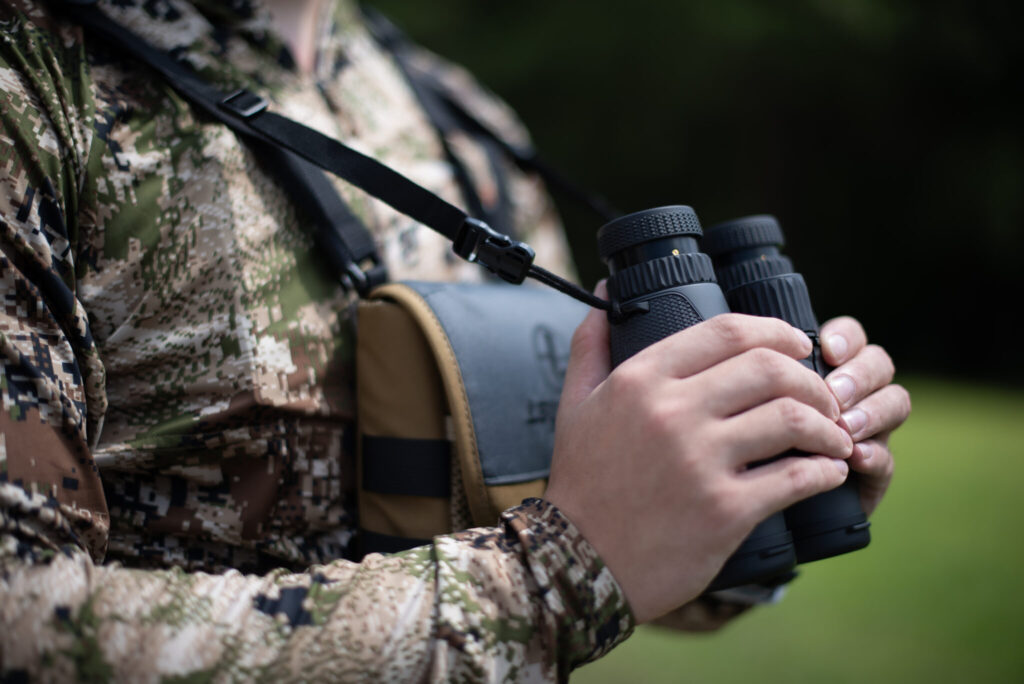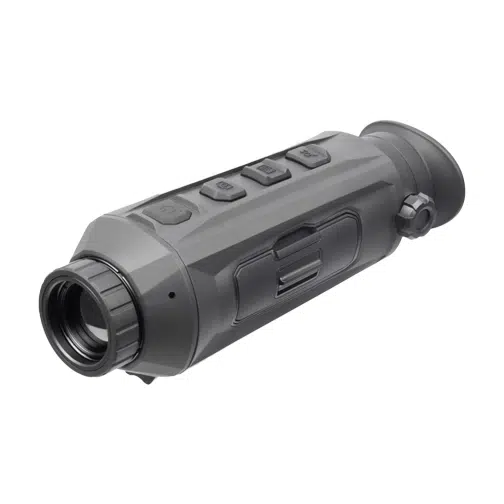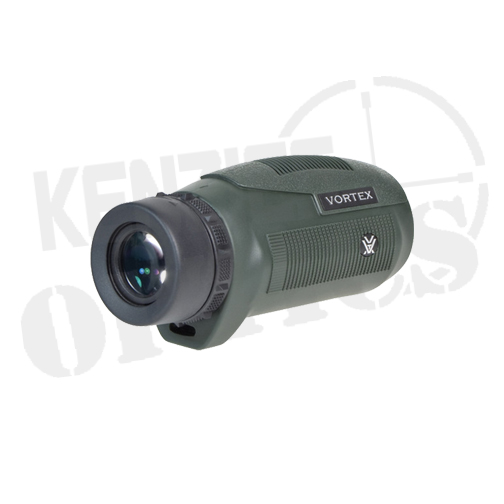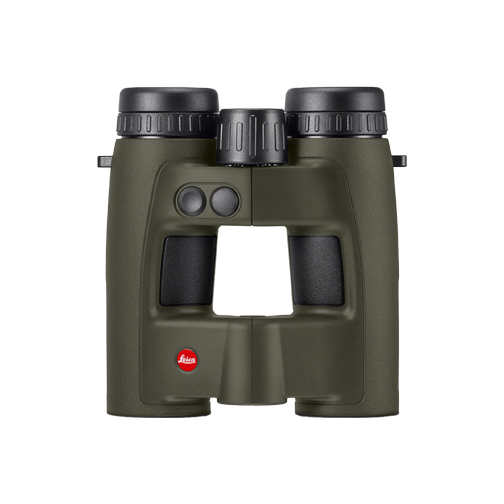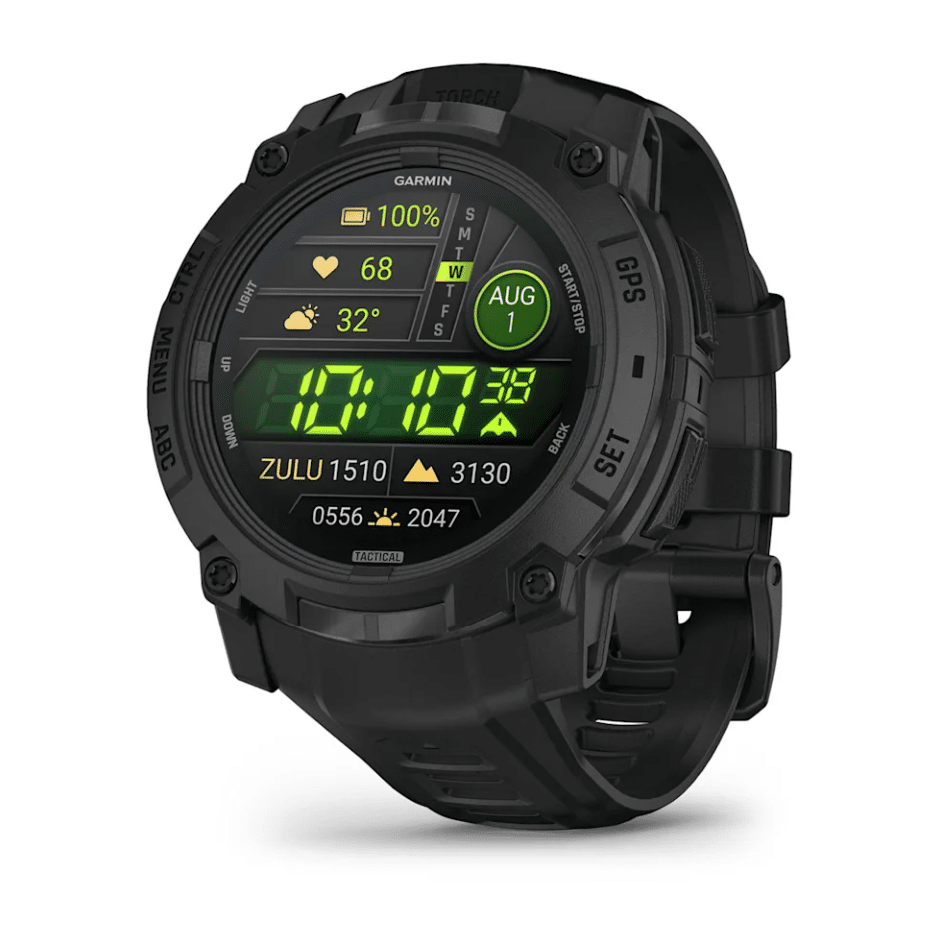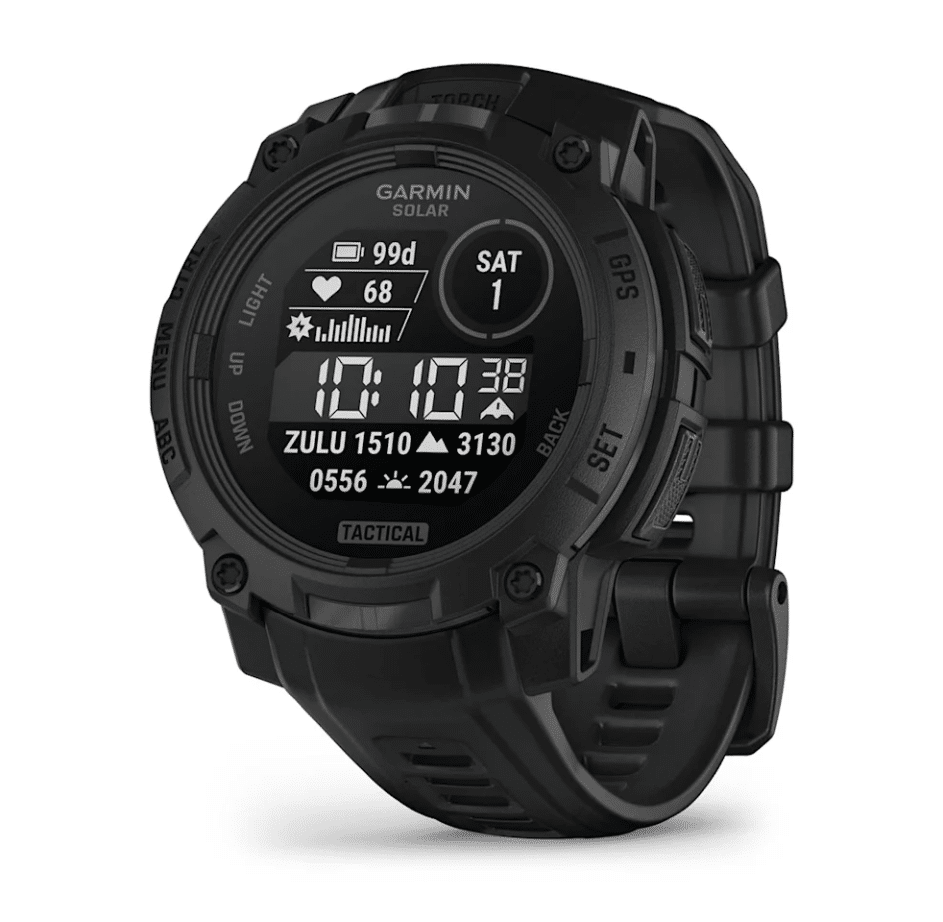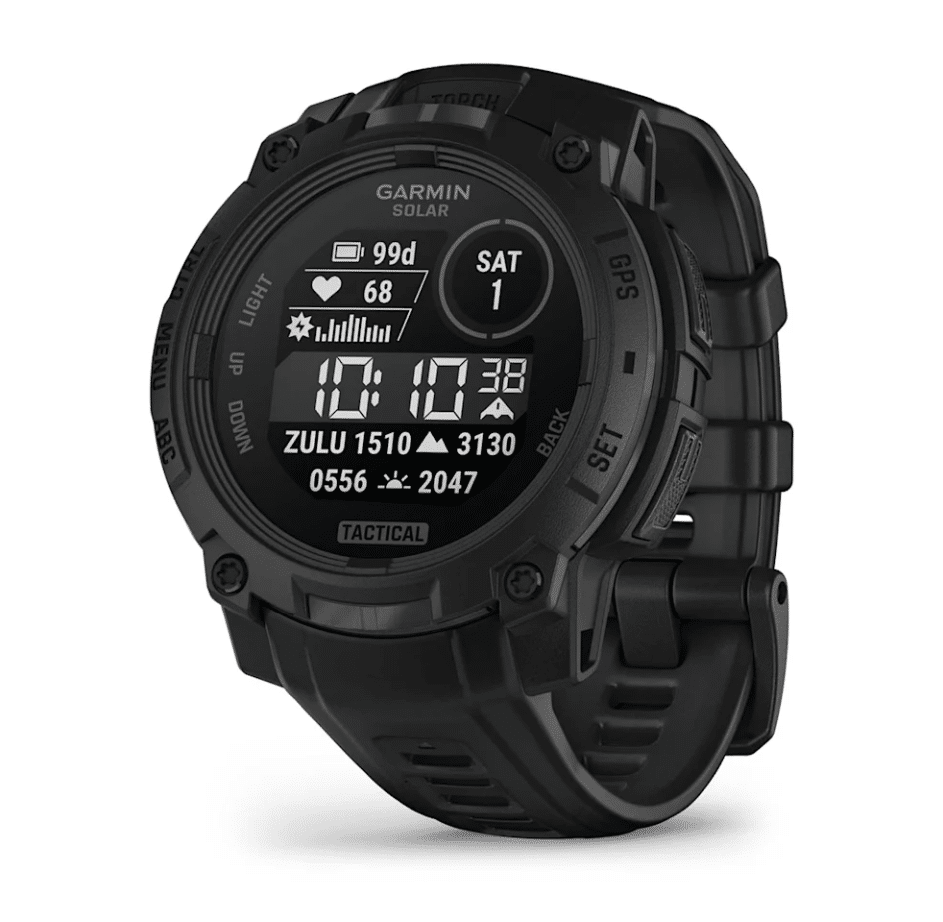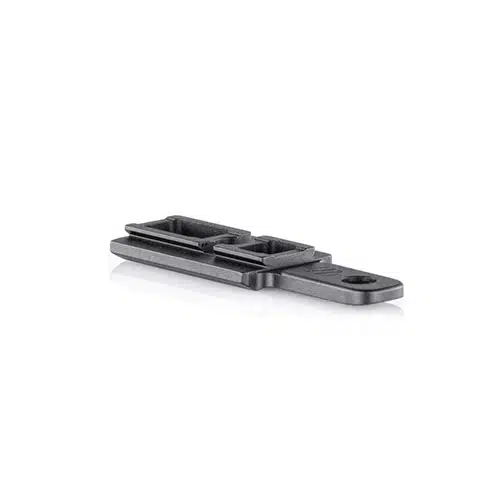Monocular vs Binocular – Choosing the Right Optic
The world of optics is a fascinating realm, governing how we perceive our surroundings and how we enhance that perception using devices. At its core, optics is the branch of physics that deals with the behavior of light and its interaction with various materials. But beyond its scientific nature, optics has significant implications in how we view the world—quite literally. The nuances of optics dictate the performance of the telescope that unveils distant galaxies, the microscope that demystifies microorganisms, and the common binoculars that bring distant objects within our visual grasp.
Enter Kenzie’s Optics—a leader in the optical industry, boasting years of expertise and a profound passion for all things vision-related. We at Kenzie’s pride ourselves on not just providing cutting-edge optical products but also educating our customers. Our core belief is that knowledge empowers, and understanding the tools you use can immensely elevate your experience.
Now, speaking of understanding, one might ponder over a fundamental question: what’s the significant difference between monocular and binocular optics? Both have their unique applications, benefits, and limitations. But why is it crucial to understand these differences? Simply put, your choice between monocular vs. binocular can transform your visual experience, be it bird watching, stargazing, or even attending a sports event from the nosebleed seats.
Join us as we dive deep into the intriguing world of optics, exploring the dichotomy between monocular and binocular vision. By the end of this journey, you’ll not only have a clearer vision (pun intended!) of these systems but also the confidence to make an informed decision for your next optical purchase.
What is a Monocular?

Imagine a world observed through just one eye, where the dimension of depth becomes slightly elusive and your reliance on cues and shadows becomes paramount. Welcome to the domain of monocular optics, where singular vision reigns supreme. But what is it, and why does it matter?
Definition and Understanding
Monocular vision refers to viewing objects or scenes with one eye. While this may sound simple, the mechanics behind it and its applications are vast. A monocular is essentially an optical device designed for use with one eye, magnifying distant objects to bring them closer to your “naked eye.”
Key Applications
From the compact spotting scope used by avid birdwatchers to the night vision monocular employed by adventurers navigating the twilight, monocular optics has a myriad of applications. These devices offer a quick way to zoom into details, making them perfect for events like sports matches or theatrical shows. Moreover, with the advancement in technology, monoculars equipped with night vision capabilities have become invaluable tools for nocturnal wildlife observation.
Advantages of Going Solo
One of the standout advantages of monocular optics is its powerful magnification capabilities. This means, even at vast distances, objects appear clearer and closer. The monocular condition often offers better visual acuity in specific scenarios, especially when there’s a need for speed in spotting and tracking.
Due to its single-eye design, monoculars are typically lighter, more portable, and quicker to maneuver. For those who need an optical device on-the-go without the weight and bulk, monoculars can be the ideal choice.
The Flip Side: Limitations
However, like all things, monocular optics isn’t without its constraints. The most pronounced limitation is the reduced depth perception. While our brain usually calculates depth using input from both eyes, relying on a singular perspective can make judging distances challenging. This can be particularly noticeable during activities that require precise depth gauging, like golfing or hiking on uneven terrains.
Additionally, extended use of a monocular can lead to eye strain. With one eye doing all the work, fatigue can set in, especially during prolonged observations.
Kenzie’s Optics and Monocular Devices
At Kenzie’s Optics, we recognize the distinct benefits and challenges of monocular optics. Our curated range of monoculars is designed to maximize the advantages while minimizing the limitations. Whether you’re an amateur astronomer gazing at the stars or a traveler looking for a compact viewing companion, our products stand testament to the strength and potential of monocular devices.
What are Binoculars?
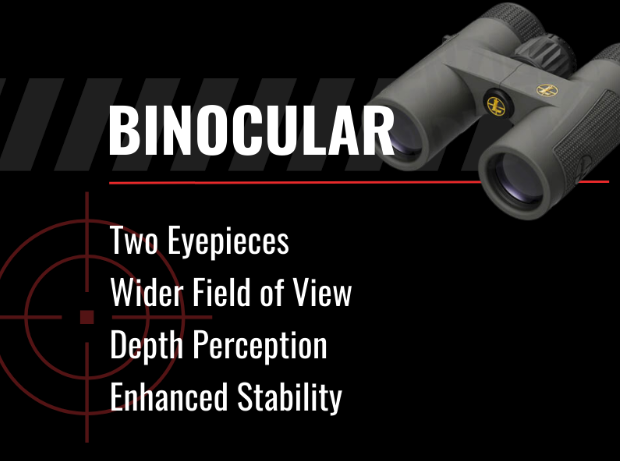
Stepping from the singular world of monocular vision, we’re now introduced to the richer, more nuanced visual experience brought by binocular optics. As the name suggests, binocular vision is about the coordination of two eyes, capturing visuals that echo our daily life’s perspective. But what is it about binocular optics that sets it apart?
Understanding Binocular Vision
Binocular vision is the natural state for most humans, where both eyes, situated a few centimeters apart, capture slightly different images. The brain seamlessly merges these images, granting us not just a broader visual field but also depth perception—a 3D view of the world. Devices such as binoculars emulate this experience, presenting separate images to each eye, which our brain then fuses into one.
Applications in the Modern World
Binoculars are the poster child for this kind of vision. They are the preferred optical device for bird watching, sports events, and even stargazing, giving users an immersive experience. The binoculars’ double vision brings the world closer in a vivid, life-like manner, enabling observers to appreciate fine details and perceive depth, often critical for activities like wildlife observation.
Another notable mention in the realm of binocular optics is binocular microscopes used extensively in fields such as biology and gemology. These devices allow researchers to study subjects with both eyes, reducing eye strain and providing a more comprehensive view.
Advantages of Dual Vision
The magic of binocular vision lies in its depth and richness. Depth perception is the standout feature, allowing individuals to judge distances more effectively. This feature is particularly beneficial for activities that require gauging long distances, such as hunting or watching a live performance from a distance.
Binocular gain, a phenomenon where the combined vision of both eyes can be better than the best monocular acuity, ensures enhanced visual clarity in many situations. The widened field of view is another plus, encompassing more of the scene at a given time.
Eye fatigue is often reduced in binocular viewing. With both eyes sharing the visual workload, extended observations become more comfortable, making binoculars suitable for activities like bird watching or lengthy theater performances.
Potential Limitations
While binocular optics has a trove of advantages, it’s essential to recognize some constraints. Binoculars can be bulkier and heavier than their monocular counterparts. This can make them less ideal for rapid movement scenarios or instances where portability is paramount.
Another occasional challenge is the binocular calibration. Ensuring both viewing tubes are perfectly aligned to the user’s eyes can sometimes be a process, especially for beginners. Misalignment can lead to double vision, detracting from the experience.
Kenzie’s Optics: Championing Binocular Vision
Our collection at Kenzie’s Optics is a testament to the prowess of binocular vision. We understand the unmatched depth and breadth it brings to visual experiences, which is why our binoculars are crafted for optimum performance. Whether you’re an enthusiast or a professional, our range caters to varied needs, ensuring every gaze is a delightful exploration.
Comparing and Contrasting: Key Differences and Applications
As we’ve journeyed through the intricacies of both monocular and binocular optics, it’s time to line them up side by side. In doing so, we aim to shed light on their distinct features and how each can be best applied in real-world scenarios. The monocular vs. binocular debate isn’t about one being universally better than the other—it’s about understanding their strengths and finding the right tool for the right task.
Summary of Differences: At a Glance
Let’s begin by distilling the essentials:
- Field of View: Binocular viewing typically offers a wider visual field, capturing more of the scene, whereas the monocular condition can be more focused and narrow.
- Depth Perception: Binocular optics excel here, thanks to the input from both eyes that helps gauge distances. Monocular vision, on the other hand, can sometimes struggle in accurately determining depth.
- Portability: Monocular devices often have the upper hand, being more compact and lightweight.
- Visual Acuity: Depending on the scenario and device, monocular optics can sometimes provide sharper visuals, especially when rapid spotting is required. However, binoculars, with their binocular summation, can offer enhanced clarity in many settings.
- Eye Fatigue: Extended use of binoculars usually results in lesser eye strain compared to monoculars because the visual information is shared between both eyes.
- Real-life Scenarios: Which to Choose?
- Imagine you’re at a vast national park, hoping to spot some elusive wildlife. If you’re moving around and want a quick draw to spot creatures on the move, a monocular might be your go-to, with its lightweight nature and powerful magnification. On the other hand, if you’re stationary, observing animals at a waterhole from a hide, binoculars might serve you better, offering a richer, more immersive experience with a wider field of view and depth perception.
- Now, consider attending a packed sports event. With the constant movement of players, having a monocular handy can help you quickly zoom into the action. However, if you’re watching a slower-paced game and wish to soak in the atmosphere, a binocular device with their broader visual scope can be invaluable.
The Voice of Research: Previous Studies
Numerous studies and statistical analyses over the years have delved into the pros and cons of each optical approach. For instance, research has found that in conditions of low light or when observing high contrast objects, the binocular gain from using both eyes can significantly improve visual acuity. On the other hand, monocular vision has shown superior capabilities in tasks that require rapid target acquisition, like spotting a moving object in a dynamic environment.
Conclusion: Understanding the Tools at Hand
In the grand scheme of things, the choice between monocular and binocular optics boils down to understanding and preference. Both have their unique places in the realm of optics and can immensely enrich our visual experiences if chosen wisely.
In your next adventure, whether it’s in the great outdoors or the local stadium, remember the key differences and choose the optical device that aligns best with your needs. At Kenzie’s Optics, we’re always here to guide and assist, ensuring you have the perfect visual companion for every occasion.
Still not sure which optic is right for you? Browse our full selection of monoculars and binoculars or contact our team for expert advice.
